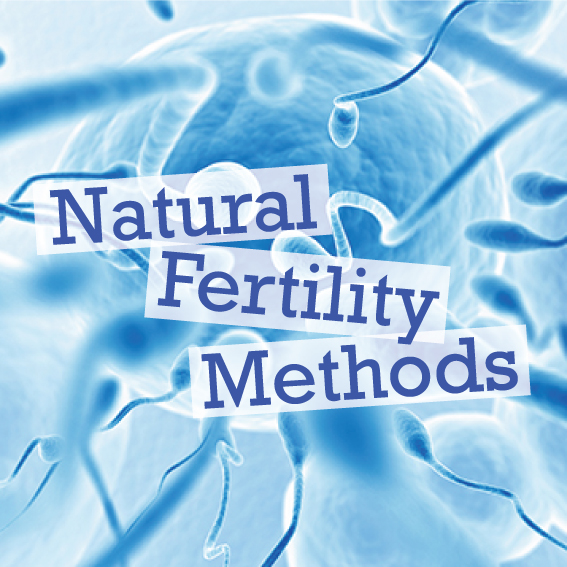Forward Planning your Family Planning

Some years ago, I (Francine) was teaching a couple fertility awareness. They had been married five years and assumed that once they discontinued the pill, they would get pregnant straight away. Two years later it still wasn’t happening for them.
From what I could see, there was nothing obvious in the their fertility biomarkers that indicated a problem. What was glaringly obvious, however, was that they simply weren’t making love during the fertile window consistently.
Busy schedules, work travel and social engagements meant that around half of their overnights were in separate locations. My instruction changed course to helping them think through their lifestyle and priorities.
Most couples make the major adjustments to their lifestyle in the transition to parenthood after the baby is born. For this couple, they would need to adjust theirs before they even conceived, which they eventually did.
Subfertility – a growing concern
These days, many couples will face similar challenges in becoming pregnant.
The big family planning issue for most couples used to be how to avoid unexpected pregnancies. As more couples marry later in life, increasingly this is shifting focus: now as many as one in five couples will experience difficulties in this area.
One of the contributing factors to the increase in fertility problems is the trend to delay marriage and beginning a family.
Sociological studies suggest there is an optimum age to marry in order to minimize divorce risk. According the Institute of Family Studies, this is somewhere between the mid-twenties and early thirties.
But there is more to being married than simply avoiding divorce and one of these is having children.
As it happens, female fertility peaks in the early twenties and begins a rapid decline from the early thirties before ceasing altogether at menopause around the early 50s. Despite increases in life expectancy, the age of menopause has not changed.
Male fertility peaks around the same time (early twenties) and begins a slower decay, the impact of which is not really felt until the late forties. Some men may still be fertile into their seventies but at greatly reduced capacity.
None of this is really news but overlay this biological reality with the belief that delaying marriage into your thirties is smart, and we set up our marriages for unnecessary stress when we want to begin a family.
Crunching the Data
A new fertility table developed by a scientist in the Netherlands, Dik Habbema, brings this into focus. Crunching data from over 58,000 women his computer modelling concludes that if a woman wants three children, she ideally needs to get started by age 23 for a 90% chance of success. If she waits until 35, her chances drop to 50%.
As he points out, IVF, which increasingly is being seen as the ‘back-up plan’ for couples, provides no real guarantees. Success rates in IVF have been historically poor but are greatly improved for younger couples. Thus many clinics screen their applicants in order to maintain their ‘success rate’ data.
This in turn means their most attractive clients are those who have fewer complications and would be well served if they first explored other less invasive and less expensive alternatives, like fertility awareness methods.
We regularly witness the depressing trend of young friends who are fast-tracked into IVF after a mere six months of unsuccessful attempts to become pregnant. Many go on to subsequently conceive children naturally, calling into question whether they ever should have been in an IVF program in the first place.
Ethical issues
The poor success rates are not the only issue. Most reproductive technologies such as IVF are morally and ethically unacceptable to many couples, including Catholics.
Fortunately, there are alternatives.
For example, at the Mater Mothers Hospital in Brisbane Australia, a multidisciplinary team of obstetricians, nutritionists, fertility educators, surgeons, midwives and counsellors work together to provide holistic care to couples with subfertility conditions – all within a Catholic ethical framework.
Their offerings include grief counselling when a baby is miscarried or stillborn, and relationship support as husband and wife navigate the complex and distressing emotions associated with subfertility.
Nutritionists advise on lifestyle, while fertility educators teach couples how to monitor their fertility biomarkers. This can greatly assist with the diagnosis of any medical problems.
Utilising medical protocols developed by US Catholic Obstetrician, Thomas W. Hilgers MD, and dubbed Naprotechnology (for Natural Reproductive Technology), they aim to treat the causes of subfertility so that couples can conceive naturally as many times as they desire.
This is in direct contrast to many assisted reproduction procedures which simply bypass the problem and in doing so, keep the couple dependent on expensive medical intervention for each and every pregnancy.
Moreover, the success rate at the Mater is higher than regular IVF clinics.
Mater Mothers are one of many such centres worldwide who are working to change the mindset to treating subfertility from technologically invasive to one of restorative, whole-couple care.
Back to the study from the Netherlands.
Let’s not be overly alarmist; women who delay starting their families past the age of 35 (whether by choice or necessity) will mostly succeed in getting pregnant. It will however often take longer and be more prone to complications with all the associated stresses.
Couples can face these challenges when they need to, but for those who were told they were too young in their early twenties to marry and settle down, these are unwelcome and unnecessary consequences.
The Ideal Time to Marry
So, let’s get back to basics. There is only one ‘ideal time to marry’ which is as soon as a couple are ready to commit the rest of their lives to each other.
They don’t need to have finished their study, bought a house or had the overseas adventure to do this. They don’t need to have ‘found themselves’ or consolidated their career.
What they do need is a whopping, big dose of real love; the kind of love that says, ‘I’m here for you, in good times and in bad, and I’m willing to sacrifice myself for your good and the future of our relationship and all that it brings.’
That’s the kind of love that isn’t age dependent and can embrace a large family, or the struggle to have one, with confidence.
You can learn Fertility Awareness with our new Fertility Online Course. www.smartloving.org/fertility/




Thanks so much for the information that’s presented in such a simple and respectful way , please keep up the great work that you do.